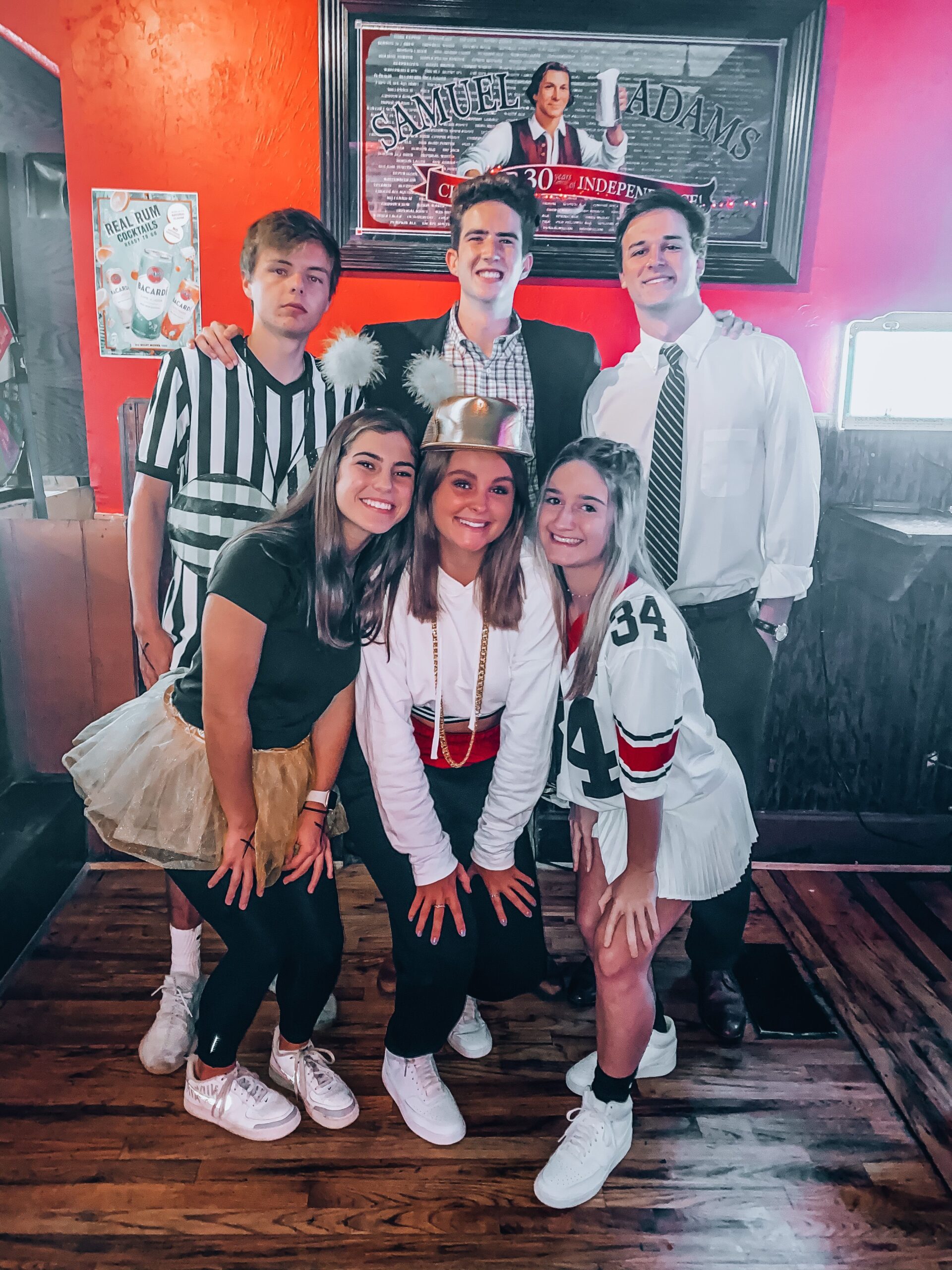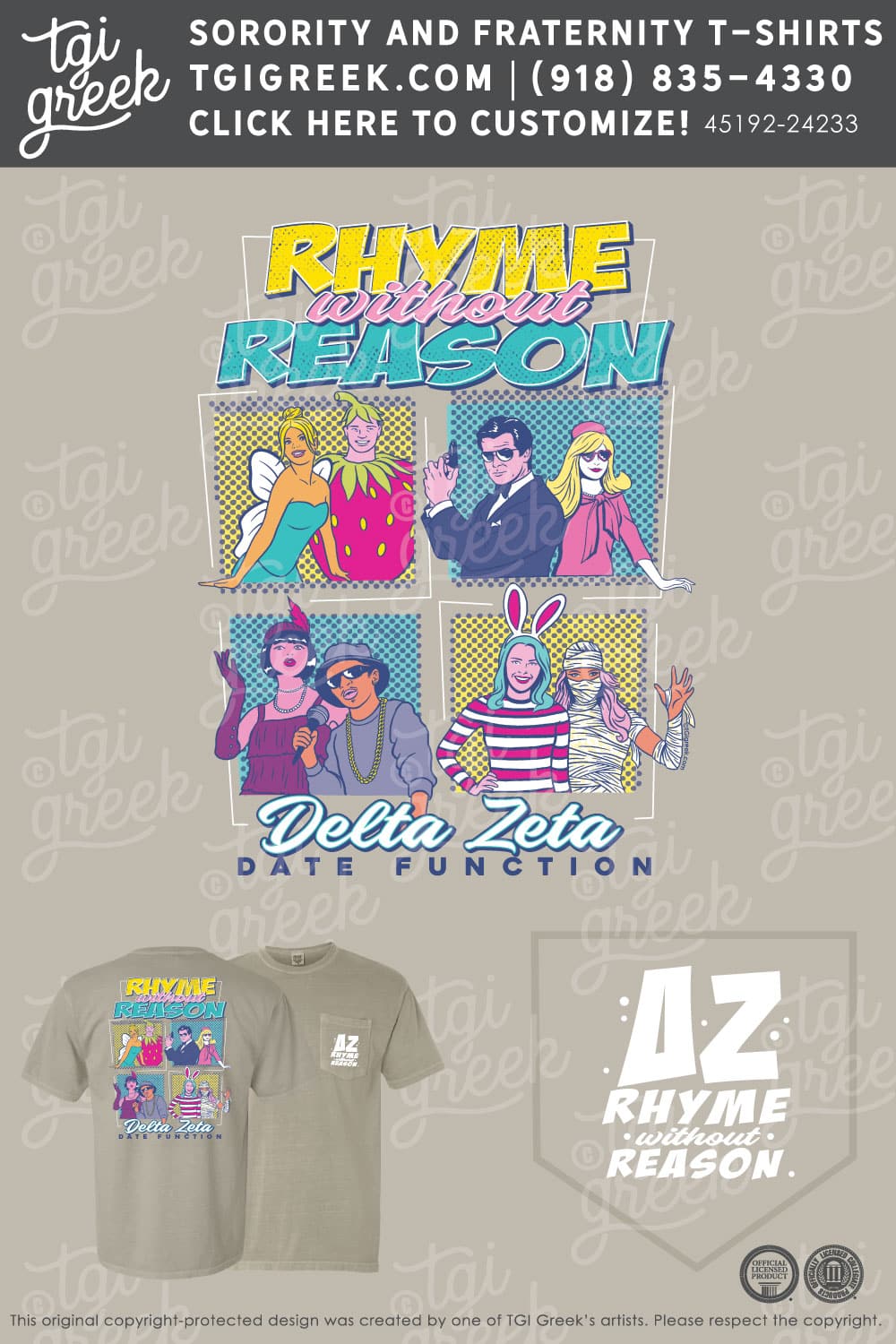Ever wondered why some lyrics just stick to your brain like glue while others fade away faster than you can say "hook"? Rhyme without a reason is one of those fascinating topics that sits right at the intersection of art and science. It’s not just about matching words; it’s about creating something that resonates emotionally, intellectually, and even physically. Think about it: why do we remember nursery rhymes from childhood but forget the names of our high school teachers? The answer might lie in the magic of rhythm, repetition, and yes—rhyme.
Now, before we dive deep into this lyrical labyrinth, let me drop a quick disclaimer. This isn’t your average music theory class. We’re going to break down the concept of rhyme without a reason in a way that feels more like a fireside chat than a lecture. So grab your favorite drink, settle in, and let’s explore what makes certain rhymes so irresistible.
And hey, if you’re thinking, “Do I really need to know this?” The short answer is yes. Whether you’re a songwriter, a poet, or just someone who loves a good tune, understanding how rhyme works (or doesn’t) can completely transform the way you experience music. So, let’s get started!
Read also:Natacha Karam Measurements Unveiling The Iconic Models Stats And Secrets
What Exactly Is Rhyme Without a Reason?
In the simplest terms, rhyme without a reason refers to those moments in lyrics where words match perfectly—or not so perfectly—but still manage to hit hard. It’s the kind of rhyme that defies traditional rules and patterns, yet somehow feels just right. Picture this: you’re listening to a song, and suddenly a line hits you so hard that you rewind it three times just to make sure you heard it correctly. That’s the power of rhyme without a reason.
Let’s take a look at some examples. Ever heard of Kendrick Lamar’s "Alright"? Sure, the chorus is catchy as hell, but have you noticed how he bends words and phrases to fit his flow? It’s not always a perfect rhyme, but it’s undeniable in its impact. Or consider Bob Dylan’s "Like a Rolling Stone." Sure, the title itself is iconic, but the verses are filled with unexpected word pairings that leave you scratching your head in the best possible way.
Why Does Rhyme Without a Reason Work?
Here’s the thing: our brains love patterns. We’re wired to recognize and remember sequences, whether they’re visual, auditory, or linguistic. But sometimes, breaking those patterns can be even more powerful. When an artist throws in a curveball—a rhyme that doesn’t quite fit but somehow does—it grabs our attention in a way that predictable rhymes can’t.
Think about it like this: if every line in a song rhymed perfectly, it would start to feel monotonous after a while. But when an artist surprises us with a clever twist or an unexpected word choice, it keeps us engaged and invested. It’s like a puzzle that we want to solve, even if the solution isn’t immediately obvious.
The Science Behind Rhyme Without a Reason
Now, let’s talk science for a sec. Researchers have actually studied why certain rhymes stick in our minds more than others. Turns out, it’s all about cognitive load and emotional resonance. When we hear a rhyme, our brains automatically try to find connections between the words. If the connection is too obvious, our brains get bored. But if it’s just challenging enough, it keeps us engaged and excited.
One study published in the Journal of Cognitive Psychology found that people are more likely to remember lyrics with unexpected rhymes than those with predictable ones. Why? Because unexpected rhymes require more mental effort to process, which makes them more memorable. It’s like the difference between solving a simple math problem and tackling a complex equation. The harder you work for it, the more rewarding it feels.
Read also:Uplifting Quotes For Men Boost Your Spirit And Motivate Your Life
Key Factors That Make Rhymes Memorable
- Emotional Impact: Lyrics that evoke strong emotions tend to stick in our minds longer.
- Repetition: Repeating key phrases or words can reinforce their impact.
- Rhythm: A well-timed beat can make even the strangest rhymes feel natural.
- Imagery: Vivid descriptions and metaphors can help create lasting impressions.
Examples of Rhyme Without a Reason in Action
Let’s take a closer look at some famous examples of rhyme without a reason in action. One of my personal favorites is Eminem’s "Lose Yourself." Sure, the chorus is a classic hook, but the verses are where the real magic happens. Lines like “His palms are sweaty, knees weak, arms are heavy” don’t follow traditional rhyme schemes, but they’re impossible to forget.
Then there’s Kanye West’s "Jesus Walks." The opening lines—“I walk on water, yeah, I walk on water / I walk on water, yeah, I walk on water”—might seem repetitive, but they build tension and anticipation for the verses that follow. And let’s not forget the bridge, where Kanye drops lines like “I’m an addict, I’m a problem / I’ll admit it, I’m a Christian.” It’s not a perfect rhyme, but it’s undeniably powerful.
Breaking Down the Lyrics
To really understand the power of rhyme without a reason, let’s break down a few lines from these songs. Here’s a snippet from "Lose Yourself":
“You only get one shot, do not miss your chance to blow
This opportunity comes once in a lifetime yo”
Notice how Eminem uses internal rhymes and near-rhymes to create a sense of urgency. The words "shot" and "blow" don’t rhyme perfectly, but they’re close enough to create a satisfying auditory experience. And the phrase "once in a lifetime" adds an extra layer of emotional weight, making the whole line feel more impactful.
The Role of Culture in Rhyme Without a Reason
It’s worth noting that cultural context plays a huge role in how we perceive rhyme without a reason. What might sound groundbreaking in one culture could seem completely ordinary in another. For example, hip-hop’s emphasis on wordplay and storytelling has made unconventional rhymes more accepted and celebrated in Western music. In contrast, traditional forms like haiku or sonnets often rely on stricter rhyme schemes.
This cultural diversity is part of what makes music so fascinating. It’s not just about the notes or the words; it’s about the stories and experiences behind them. When an artist uses rhyme without a reason to tell a story that resonates with their audience, it creates a connection that transcends language and geography.
Cultural References in Lyrics
Many artists incorporate cultural references into their lyrics, adding layers of meaning that only certain audiences might catch. For example, Kendrick Lamar’s "Alright" includes a nod to the Black Lives Matter movement, while Drake’s "God’s Plan" references his own rise to fame. These references not only add depth to the lyrics but also make them more relatable to specific communities.
The Future of Rhyme Without a Reason
So, where is rhyme without a reason headed in the future? As technology continues to evolve, we’re seeing new tools and platforms emerge that allow artists to experiment with sound and structure in ways that were once impossible. From AI-generated lyrics to virtual reality concerts, the possibilities seem endless.
But at the end of the day, the heart of music will always be human connection. No matter how advanced the technology gets, the most powerful lyrics will always be the ones that speak to our shared experiences and emotions. And as long as artists continue to push the boundaries of rhyme and reason, we’ll keep discovering new ways to connect through music.
Emerging Trends in Music
Some of the most exciting trends in music right now include:
- Experimental Soundscapes: Artists are using technology to create immersive audio experiences.
- Collaborative Projects: Musicians from different genres and cultures are coming together to create something new.
- Storytelling Through Lyrics: More artists are using their platforms to tell personal stories and address social issues.
How to Use Rhyme Without a Reason in Your Own Work
If you’re a songwriter or poet, incorporating rhyme without a reason into your work can add a fresh and exciting dimension to your lyrics. Here are a few tips to get you started:
- Experiment with Wordplay: Try combining words that don’t traditionally rhyme but still sound good together.
- Focus on Emotion: Let the feeling behind the lyrics guide your word choices rather than strict rhyme schemes.
- Break the Rules: Don’t be afraid to challenge conventions and create something entirely new.
Remember, the goal isn’t to make everything rhyme perfectly—it’s to create something that resonates with your audience. Whether you’re writing a love song, a protest anthem, or just a fun tune, the key is to stay true to your voice and let the words flow naturally.
Common Mistakes to Avoid
Of course, there are a few pitfalls to watch out for when experimenting with rhyme without a reason. Here are some common mistakes to avoid:
- Overusing Clichés: While some clichés can work, relying on them too much can make your lyrics feel stale.
- Forcing Rhymes: If a rhyme feels forced or unnatural, it can detract from the overall impact of the song.
- Ignoring Rhythm: Even if your rhymes aren’t perfect, they should still fit within the overall flow of the music.
Conclusion: Why Rhyme Without a Reason Matters
In conclusion, rhyme without a reason is more than just a clever trick—it’s a powerful tool for creating meaningful and memorable music. By breaking free from traditional rhyme schemes, artists can push the boundaries of what’s possible and connect with their audiences in new and exciting ways.
So, the next time you’re listening to your favorite song and a line hits you just right, take a moment to appreciate the artistry behind it. And if you’re an artist yourself, don’t be afraid to experiment with rhyme without a reason. After all, the best lyrics are the ones that make us think, feel, and maybe even dance a little.
And hey, if you’ve enjoyed this deep dive into the world of rhyme without a reason, why not leave a comment or share this article with a friend? Who knows—maybe you’ll inspire someone else to explore the endless possibilities of music!
Table of Contents
- What Exactly Is Rhyme Without a Reason?
- Why Does Rhyme Without a Reason Work?
- The Science Behind Rhyme Without a Reason
- Examples of Rhyme Without a Reason in Action
- The Role of Culture in Rhyme Without a Reason
- The Future of Rhyme Without a Reason
- How to Use Rhyme Without a Reason in Your Own Work
- Conclusion: Why Rhyme Without a Reason Matters


